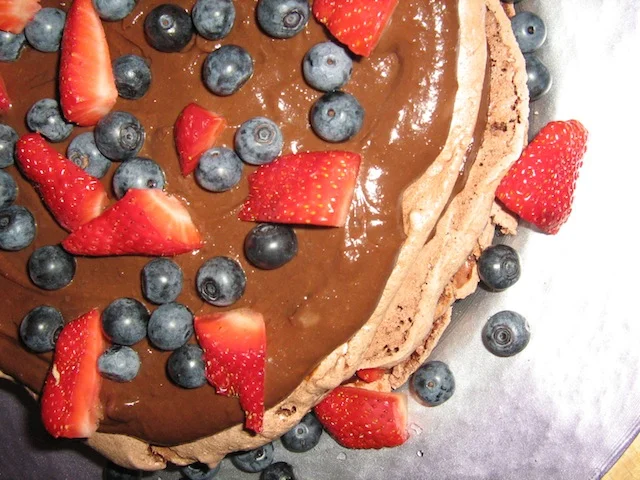When you're starting out with something, you go with what you've got. Whether that's improvising with kitchen equipment in your student flat or using the built-in flash on your new camera, so be it. Built-in flash might be far from ideal—it's a harsh light coming straight at the subject that casts short, dark shadows and it doesn't travel terribly far—but when light is at a premium it is better than nothing. Apart from bringing more light where it's limited, built-in flash is particularly handy to use as a fill-flash. For example, if your subject is back-lit, throwing some light on it from the front will prevent it being rendered in silhouette. It's also useful if you're shooting outside in the middle of the day; strong overhead sun can give people horrid shadows beneath their eyes and fill-flash will help to lift them.
How, then, can you make your built-in flash that bit better and more usable, until such a point that you can or want to start starting external flashes?
The simplest and cheapest modification that you can make to your built-in flash is to wrap some tissue paper across it. This will act as a diffuser and help to soften the light and spread it over a wider area. Portrait subjects won't look as if they're rabbits caught in your car's headlights and there'll be less glare coming off of any other subjects in your photos. Of course, you can buy a purpose-made diffuser to do the job, but it might not be worth it, depending on how much you use your built-in flash.
You can also bounce the light from your in-built flash, too. All you have to do is angle a piece of white card (a business card is ideal) beneath it to send the light upwards rather directly your subject. Do remember, though, that the relatively low power output from a built-in flash won't cast much light with this technique. You'll need to be quite close to your subject to benefit from it.
Oh, and don't forget that built-in flash can be a devil for red-eye. Still, don't feel bound to avoid your built-in flash: use it better!




